Serving Minnesota & Iowa for over 25 years
Reviews
The Ultimate Guide to Choosing the Perfect Bath Tub for Your Home Spa Experience
In today's fast-paced world, creating a serene home spa experience has become a priority for many, and at the heart of this transformation lies the choice of bath tubs. According to a recent report by Grand View Research, the global bathtub market is expected to reach USD 6.9 billion by 2025, with a growing consumer preference for high-end, luxurious designs that enhance relaxation and well-being. This surge in demand highlights the importance of selecting the perfect bath tub that not only complements your home aesthetics but also meets your personal relaxation needs.
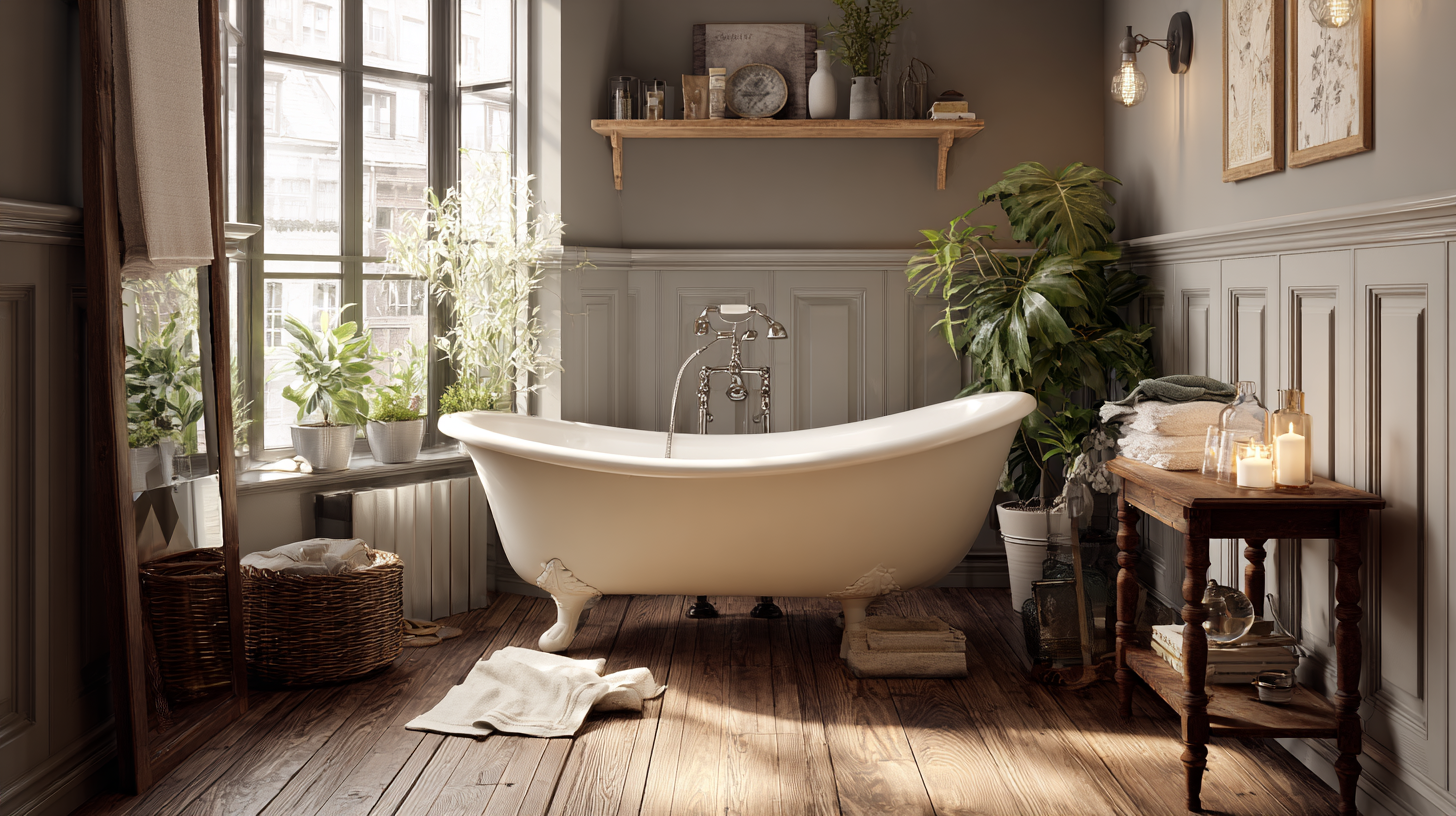
By understanding the various features, materials, and designs available, homeowners can make informed decisions that elevate their bathing experience, essentially turning their bathrooms into tranquil retreats. As you embark on this journey to find the ideal bath tub, consider how the right choice can transform your daily rituals into a soothing sanctuary.
Choosing the Right Material: Pros and Cons of Common Bathtub Types
When it comes to selecting the ideal bathtub for your home spa, understanding the various materials available is crucial. Each type of bathtub material brings its own set of advantages and disadvantages, making it essential to choose wisely. Acrylic bathtubs, for instance, are lightweight, easy to install, and retain heat well, which is perfect for a long soak. According to a report by the National Kitchen and Bath Association (NKBA), acrylic bathtubs have become increasingly popular, accounting for approximately 36% of the market due to their affordability and versatility.
On the other hand, cast iron tubs, while significantly heavier and often pricier, offer exceptional durability and heat retention. A study published by the American Institute of Architects highlights that cast iron bathtubs, with their enamel coating, can last over 30 years if maintained properly. However, they may require additional structural support because of their weight. Alternatively, stone resin and fiberglass options are gaining traction for their modern aesthetics and customizability, appealing to homeowners looking to create a unique spa experience. In summary, understanding these pros and cons can help streamline your decision-making process in creating the perfect home spa environment.
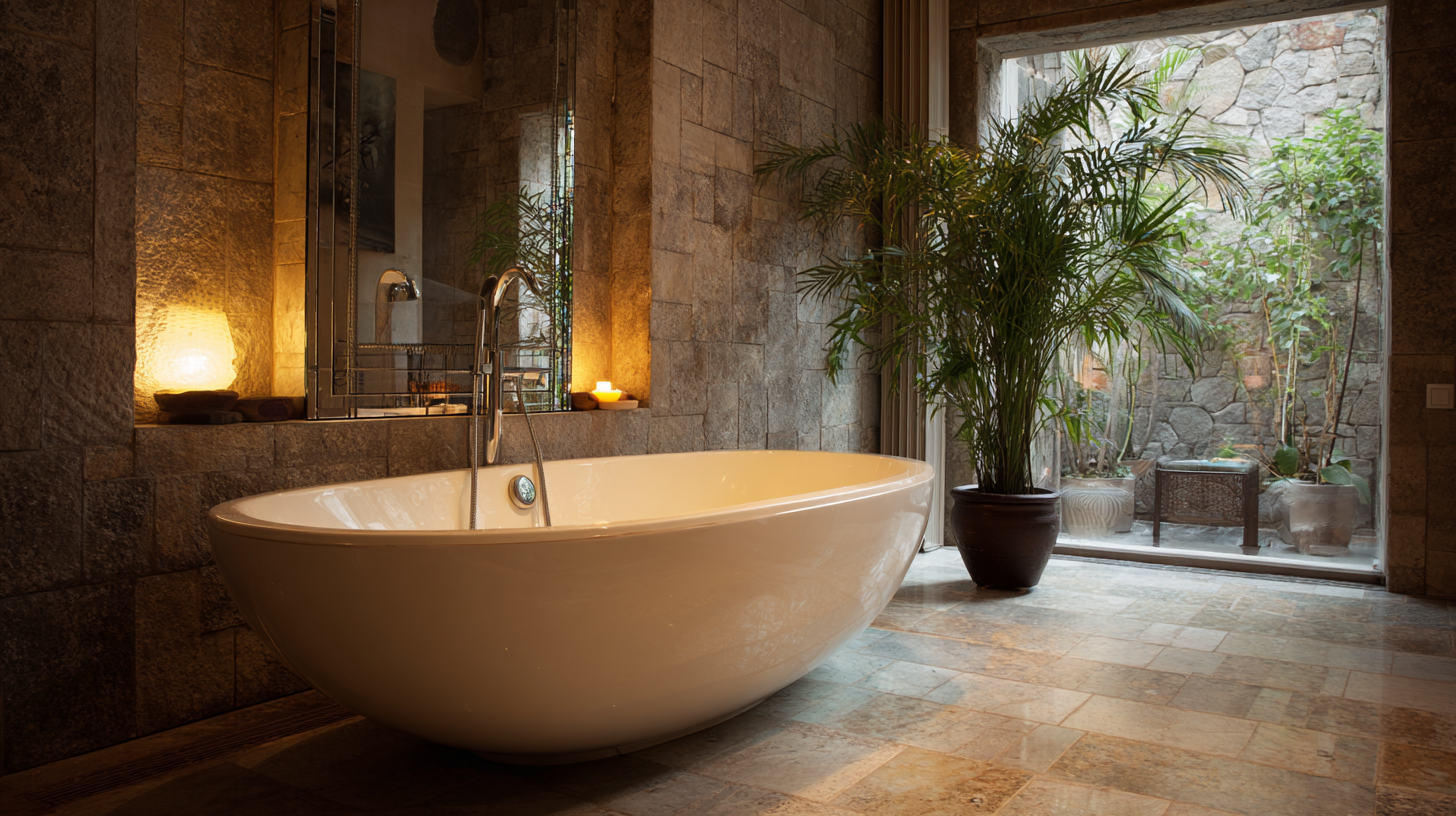
Determining the Ideal Size: Finding the Perfect Fit for Your Space
When selecting the ideal bathtub for your home spa experience, determining the right size is crucial to ensure comfort and aesthetic appeal. Start by measuring your available space to gauge the maximum dimensions your bathtub can have without overwhelming the room. Keep in mind that you not only need enough room for the tub itself, but also additional space for entry and movement, ensuring that the area feels open and inviting.
Next, consider the type of bathing experience you desire. Freestanding tubs often require more space, while alcove tubs can fit into tighter areas. Think about how the size of the tub aligns with your personal preferences—whether you enjoy soaking in a deep, spacious tub or prefer a more compact design. Additionally, factor in the number of users; a larger tub might be suitable for couples or families, while a smaller one could suffice for solo relaxation. Finding a bathtub that harmonizes with both your space and lifestyle will ultimately enhance your home spa experience.
Exploring Bathtub Styles: Modern, Clawfoot, and More for Your Home Spa
Choosing the right bathtub can greatly enhance your home spa experience, and understanding the various styles available is essential. Modern bathtubs often prioritize sleek designs and minimalism, accommodating contemporary aesthetics and smaller spaces. On the other hand, clawfoot tubs offer a touch of vintage charm, making them popular for those seeking a luxurious and sophisticated look. According to a recent survey, freestanding tubs have surged in popularity due to their ability to create a focal point in the bathroom, combining functionality with artistic expression.
**Tips:** When selecting a bathtub, consider the size of your bathroom. A spacious room can accommodate larger freestanding tubs, while smaller spaces can benefit from alcove or corner bathtubs. It's also important to think about the material; acrylic is lightweight and easy to maintain, while cast iron provides excellent heat retention.
For a truly tranquil experience, investing in features like whirlpool technology or built-in lighting can transform your bathtub into a personal retreat. Recent trends show that homeowners are increasingly seeking bathtubs that offer therapeutic benefits, blending relaxation with style. Embrace the blend of modern function and traditional elegance to find the perfect fit for your home spa.
The Ultimate Guide to Choosing the Perfect Bath Tub for Your Home Spa Experience
| Bathtub Style | Material | Pros | Cons | Price Range |
|---|---|---|---|---|
| Modern | Acrylic | Sleek design, easy maintenance | Can be less durable | $500 - $2,500 |
| Clawfoot | Cast Iron | Timeless style, very durable | Heavy, can be expensive to install | $1,200 - $5,000 |
| Free-standing | Acrylic/Composite | Versatile placement, easy to clean | May require more space | $700 - $3,000 |
| Built-in | Fiberglass | Space saving, customizable | Installation can be complex | $800 - $4,000 |
| Japanese Soaking Tub | Wood/ Acrylic | Deep and relaxing, aesthetic appeal | Requires more water, can be costly | $1,000 - $4,500 |
Essential Features to Consider: Jets, Heaters, and Accessibility Options
When choosing the perfect bathtub for your home spa experience, it’s crucial to focus on essential features such as jets, heaters, and accessibility options. Jets enhance your relaxation experience by providing soothing massages that target sore muscles. Look for bathtubs with adjustable jets to customize your hydrotherapy sessions. High-quality models often come with multiple jet configurations, allowing you to create a spa-like atmosphere right at home.
Additionally, a reliable heating system is vital for maintaining the water temperature of your bath. Efficient heaters will ensure your tub is warm whenever you need it, transforming your bathing experience into a luxurious treat. When considering the heating options, also think about energy efficiency. This will help minimize costs while maximizing your comfort.
Accessibility options, such as walk-in tubs, are essential for those who prioritize safety. These tubs have low thresholds, making them easier to enter and exit. If you or your loved ones have mobility concerns, investing in a walk-in tub can significantly enhance your bathing experience. Always consider your personal needs and preferences when selecting a bathtub to ensure it perfectly fits your spa goals.
**Tips:** When shopping for a bathtub, read customer reviews to understand the ease of use and reliability of jets and heaters. Additionally, evaluate the warranty options and installation costs before making a decision, ensuring you find the best value for your investment.

Budgeting for Your Dream Tub: How to Balance Quality and Cost
When planning for your dream bathtub, budgeting is a crucial step that can significantly impact your choices. Start by determining a realistic budget that combines both the cost of the tub and any additional expenses, such as installation, plumbing adjustments, and accessories. A well-thought-out budget allows you to explore various options without compromising on the quality or features that are essential to your home spa experience.
Next, consider the balance between quality and cost. While it might be tempting to opt for a lower-priced option, it’s essential to look for bathtubs made from durable materials that ensure longevity and comfort. Investing a little more upfront can save you from frequent replacements or repairs down the line. Research reputable brands and read customer reviews to help identify which products provide the best value without sacrificing quality. By prioritizing your needs and desires, you can find the perfect bathtub that fits both your budget and your vision for a relaxing spa oasis at home.
The Ultimate Guide to Choosing the Perfect Bath Tub for Your Home Spa Experience
This chart compares the costs of various bathtub materials, helping you to balance quality and cost while choosing the perfect bathtub for your home spa experience.
Related Posts
-

The Future of Sliding Door Installation at the 138th Canton Fair in China 2025
-
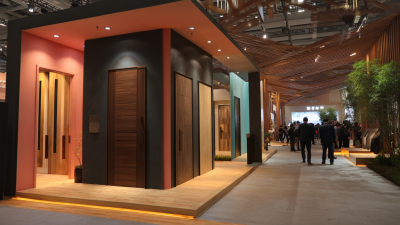
Innovative Front Entry Doors Trends at the 138th China Import and Export Fair in 2025 Achieving Sustainable Growth
-
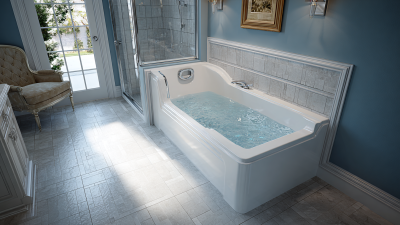
Why Walk In Tubs Are the Ultimate Solution for Safe and Relaxing Bathroom Experiences
-
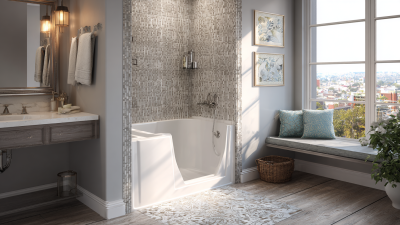
The Ultimate Guide to Choosing the Perfect Step In Bathtub for Your Home
-

Exploring Step in Tub Innovations at the 2025 China Import and Export Fair
-

Discover the Benefits of Walk In Tub Clearance for Seniors and Mobility Challenges